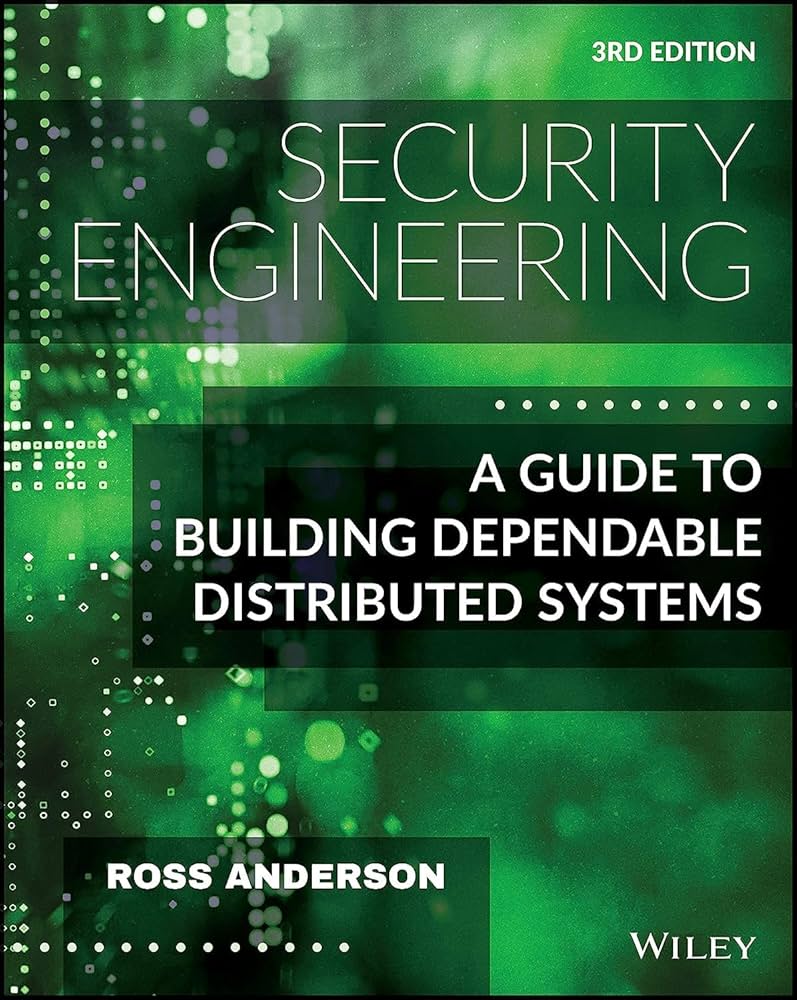
Every few moments, the power grid encounters a challenge that would confound even the best supercomputers. The task of reconciling shifting energy requirements, adhering to physical constraints, and reducing expenses simultaneously. A groundbreaking system from MIT claims to achieve this more swiftly and reliably than ever before.
Researchers have introduced FSNet, a machine-learning framework that tackles intricate optimization challenges significantly more rapidly than conventional mathematical solvers, while still assuring feasible, practical outcomes. This system could revolutionize power grid management, especially as renewable energy brings increased unpredictability to supply and demand.
## When Speed Meets Feasibility
Conventional solvers, although mathematically precise, frequently require hours to arrive at an optimal solution. Deep learning models can provide answers in mere seconds; however, they lack assurances that the outcomes are safe or applicable. FSNet merges the advantages of both approaches. It employs a neural network for an initial forecast, followed by a feasibility-seeking algorithm that iteratively fine-tunes the result until it meets all conditions, such as generator limits or voltage thresholds.
> “This phase is extremely crucial. In FSNet, we can obtain the strict assurances that we need in practice,” remarked lead author Hoang Nguyen, a graduate student in electrical engineering at MIT.
The feasibility-seeking phase, which guarantees respect for both equality and inequality constraints, gives FSNet its designation. Unlike prior techniques that address each type of constraint independently, FSNet processes them collectively, streamlining the workflow. The researchers evaluated the system across various mathematical and real-world challenges and discovered that FSNet often operated several orders of magnitude faster than traditional solvers while matching or surpassing their precision.
## Applications Beyond the Grid
For grid operators, FSNet might entail quicker, safer choices when reconciling renewable energy contributions with varying demand. However, its influence may extend well beyond power systems. The same concepts could enhance manufacturing timelines, innovate product designs, or even refine financial portfolio management—anywhere intricate decisions must adhere to strict guidelines.
> “One must consider the demands of the application and develop methods that truly address those requirements,” stated senior author Priya Donti, the Silverman Family Career Development Professor in MIT’s Department of Electrical Engineering and Computer Science.
In experiments involving quadratic and nonlinear challenges, FSNet demonstrated near-zero constraint infringements and minimal optimality discrepancies, occasionally identifying superior local solutions compared to classical solvers. The system’s hybrid structure also adapits well to problem size, becoming increasingly beneficial in expansive contexts.
The team’s upcoming objectives include minimizing FSNet’s memory burden and incorporating even swifter optimization algorithms. As power systems develop into more complex and interconnected networks, solutions like FSNet could help guarantee that the grid’s decisions remain not just intelligent, but secure.
[arXiv: 10.48550/arXiv.2506.00362](https://doi.org/10.48550/arXiv.2506.00362)
**No paywall here**
*If our coverage has enlightened or inspired you, kindly consider making a contribution. Every donation, regardless of size, empowers us to keep providing precise, engaging, and reliable science and medical news. Independent journalism necessitates time, effort, and resources—your support enables us to persist in revealing the stories that matter most to you.*
Join us in making knowledge accessible and impactful. Thank you for your support!